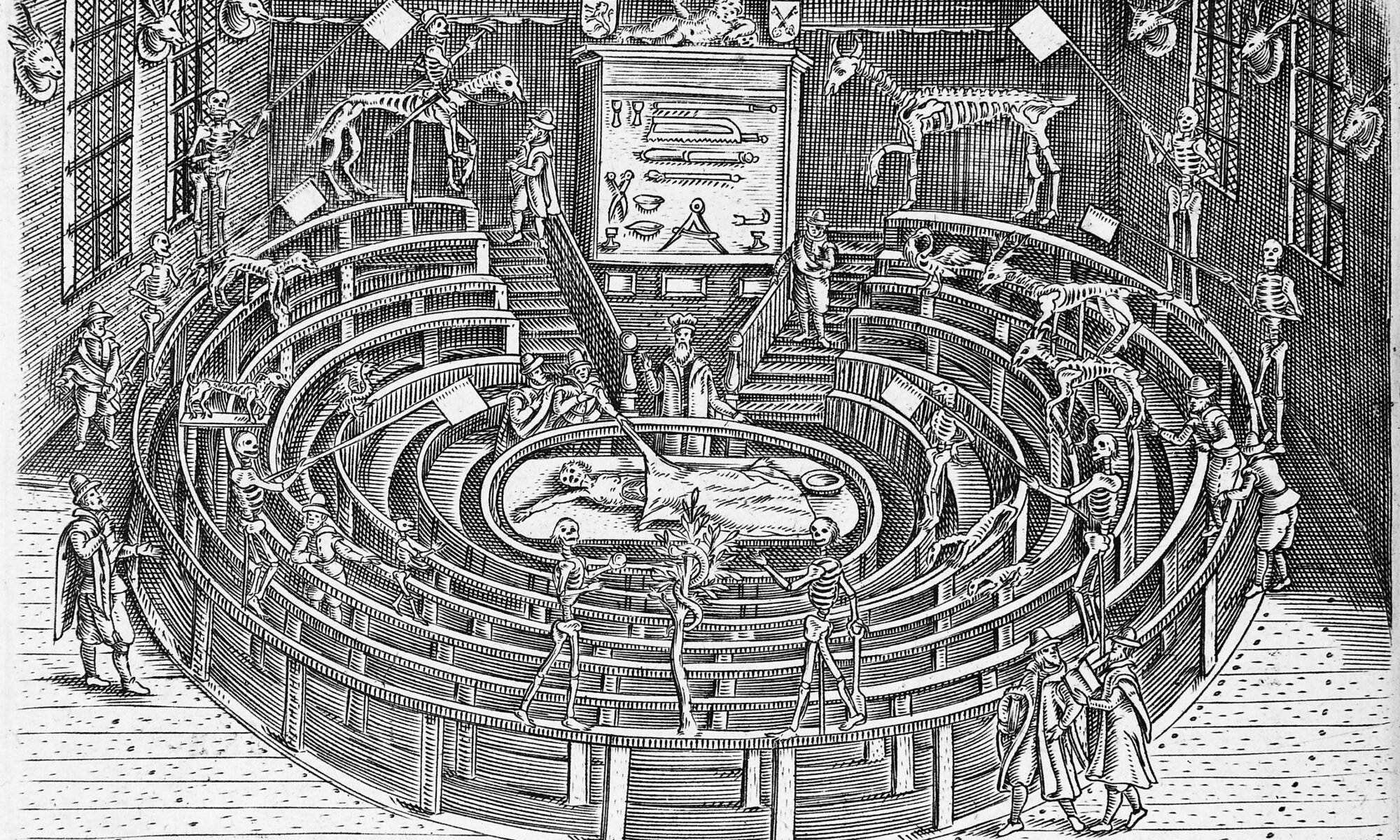 The anatomical theater marks a central place for European medicine in the modern era. Many bodies were autopsied for research purposes. This gave future surgeons, doctors, midwives and pharmacists a deep insight into the structure of the human body. These events were also available to a wider audience who gathered to get an idea of the form and function of the God-invented bodily machine that, after death, so suddenly and inevitably fell victim to impermanence.
The anatomical theater marks a central place for European medicine in the modern era. Many bodies were autopsied for research purposes. This gave future surgeons, doctors, midwives and pharmacists a deep insight into the structure of the human body. These events were also available to a wider audience who gathered to get an idea of the form and function of the God-invented bodily machine that, after death, so suddenly and inevitably fell victim to impermanence.
Based on the now defunct Berlin Anatomical Theater, which was opened in 1713, this publication presents the various forms of shaping this medical form of teaching on the example of many anatomical theaters in the 18th century. The book explores their embeddedness in local medical infrastructures and thus their role in building the structures of the early modern healthcare system.
Moreover, the anatomical theater becomes a permanent point and a source of inspiration for the development of the collection of medical preparations: here the heart, brain, liver, kidneys and gallstones were obtained, preserved and conserved. It was not uncommon for these items to end up in private anatomical collections and museums – they became the pride of collectors, were used for teaching and as objects for scientific research.

